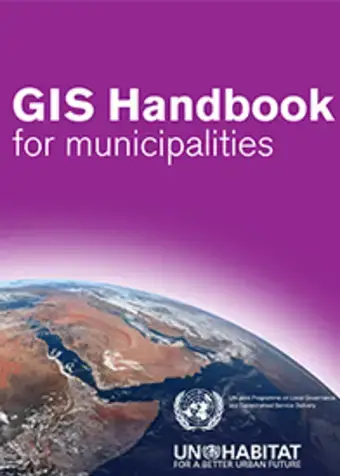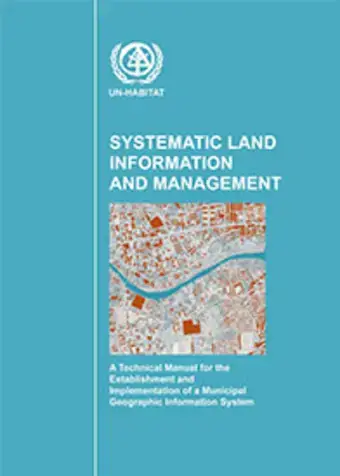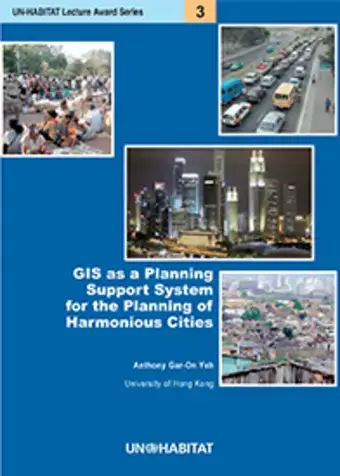Richard Sliuzas from the University of Twente in the Netherlands in this lecture outlines how new technologies means new approaches to mapping, in particular slum mapping, and the implications of this.
[su_youtube_advanced url="https://www.youtube.com/watch?v=zrl8pREPJG0" controls="alt" autohide="yes" rel="no" modestbranding="yes" theme="light"]
MP3


